
Alumni Share Their Journeys in Rehabilitation Medicine
By Anastasios Karoussos, OMS-2 丨 April 23, 2025
Physical Medicine and Rehabilitation (PM&R) is a unique and often misunderstood specialty that focuses on restoring function and improving quality of life. Despite its crucial role in healthcare, it often flies under the radar for many medical students. To shed light on the field, I spoke with alumni from the Marian University Tom and Julie Wood College of Osteopathic Medicine (MU-WCOM) who pursued PM&R to understand their journeys, challenges, and insights. Through this blog series, I hope to provide perspective on why medical students should consider a career in this valuable and rapidly growing specialty.
In this post, we will explore the qualities of a great PM&R physician, featuring the input of alumni reflecting on their experiences in the field of rehabilitation medicine.
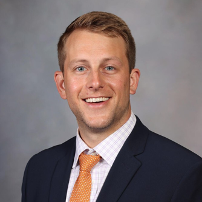
Ben Kopecky, DO '21
“Teaching is a huge part of PM&R, and I think that a good teacher is one who's personable and one who customizes the lesson plan to the student.”

Brandon Budiman-Steinley, DO ‘17
“I think something that's really important is patience, especially in PM&R. Most things don't resolve quickly in this field. It's also crucial to have the willingness to listen. As we're taught in medical school, you can uncover about 80% of what's going on just by listening to the patient. Taking the time to listen leads to better patient-provider relationships. Collecting a thorough medical history is especially critical in PM&R.”
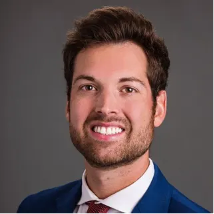
Bryan Wacker, DO ‘22
“A lot of the things that we treat take time, which can bother patients. You're going to have to be comfortable with talking to people who are really frustrated and not let it get to you.”
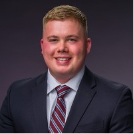
Collin Young, DO ’22
“You must be able to work in a team, clearly communicate, have a good knowledge of anatomy, and be selfless.”
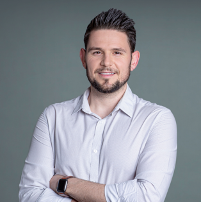
Milan Ristic, DO '18
“PM&R doctors are a different kind of person. They ask questions that other doctors don't like to ask. They ask very pertinent questions about function, like ‘How many stairs do you have to get into your house?’. They really care about what the patient will have to deal with after they leave the hospital. It’s a thought process that a lot of people have not really developed coming out of med school.”
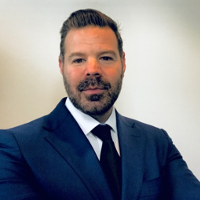
Seth Katzen, DO ’17
“There seems to be an underlying culture within PM&R people. We're very friendly, patient people. Being very empathetic, but also just having a team-minded attitude, is something that I think is very important in PM&R.”
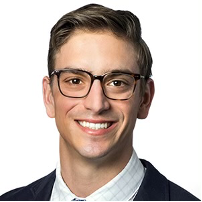
Austin Boos, DO ’20
“It has benefited me in multiple ways. I apply the philosophy of osteopathic medicine that everything's interconnected every day, and we, as DOs, have special training in looking at the person as a whole. We also have the advantage of knowing the musculoskeletal system, particularly through our OMM training and experience with palpating it. We have the ability to incorporate OMT, which is, more often than not, applicable to our patients’ treatment plan. Although, in full transparency, OMT training is very program dependent and is often not integrated in the training of most D.O. physiatrists due to a lack of qualified supervising faculty.”

Ben Kopecky, DO '21
“The physical exam by a PM&R physician has to be one of the best across medicine. I think that going to a DO school gave me an incredible foundation for that, which I've expanded upon quite a bit as a PM&R resident as well. I also think that OMM is wildly helpful for a lot of areas of PM&R, as a lot of inpatient difficulties revolve around bowel, bladder, and muscle pains. So, there is certainly a role there. Unfortunately, there is no core faculty at my program to be DO mentors. However, I will say that Mayo is really good in that they have a conference every year for the osteopathic community to get together and hone their skills.”

Brandon Budiman-Steinley, DO ‘17
“I think OMM, the DO profession, and PM&R, as a medical specialty where you have to address somebody holistically, are a perfect combination. From a DO standpoint, I can offer OMT. I can say, ‘Hey, you actually would benefit not only from a trigger point injection. Let's do some manipulation right now.’ Doing a gentle manipulation is so therapeutic, and it's an excellent additional tool.”

Collin Young, DO ’22
“It’s a hands-on field, so the additional palpatory skills that you have developed through your OMT training are very helpful. Also, your training as a DO definitely helps you treat patients holistically, a skill that is essential for patient rehabilitation.”
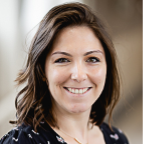
Mackenzie Sacks, DO ’21
“As a PM&R doc, I have to consider a variety of different things, like what their home setup is like? What family support do they have? What do they do for work? How can I get them back to doing the things that they like to do and that they need to do? I think the DO mindset of considering the mind, body, and spirit is something that we inherently just do a lot of in rehab. As for OMT, most residency programs don’t have it integrated into their curriculum, but it is definitely still something that you can seek out opportunities for.”

Milan Ristic, DO '18
“You're at a huge advantage by being a DO, you already know a lot of the techniques that physical therapists and occupational therapists use. So when they come up with a treatment plan, and they're teaching you their modalities like counterstrain or muscle energy or myofascial release, you know exactly what they’re talking about. Meanwhile, other physicians may not have the same background or understanding to be able to contribute to this plan.”

Seth Katzen, DO ’17
“I personally don't utilize any OMM in my practice. However, I do think that there's a place for it. If people go into sports medicine or pain medicine and they want to include something like that in their practice, that is absolutely a benefit. In terms of being a DO, we get a lot of foundational experience in musculoskeletal medicine before we even get into training. You come out with a skill set that some other people might not learn in their medical school training that is useful in the field of PM&R because the bulk of what you're seeing, no matter what subspecialty that is, has some sort of musculoskeletal component.”
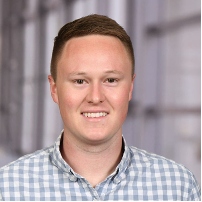
Adam Green, DO ’23
With PM&R, it's such a broad field. I think you have to find what your niche is. I mean, you can do brain injury, spinal cord, you can be a generalist, you can do just outpatient, you can do sports, you can do pain. And so, I'd recommend that people get the exposure to all of those things as early as they can.

Austin Boos, DO ’20
“I think patients connect with you when you treat them like they're an actual person and not just a diagnosis. If you were to ask me, should I spend more time studying or grow as a person by being involved in activities that I am passionate about, I would encourage you to pursue the second. Being well-rounded and having a lot of interests outside of medicine makes you relatable and allows you to understand the patients’ condition in the context of their life as a whole.”

Milan Ristic, DO '18
“This might have changed since I did my residency interviews, but PM&R residency programs are usually not going to ask, ‘Tell me about this publication’ or ‘What do you think about research?’. Most places are going to ask you to tell them about you as a person. So, instead, spend some time to really figure out what it is that you want out of your career, pursue things that make you human, identify what makes you unique, and prioritize strengthening the things that will attract patients to your practice.”
A good PM&R physician is a good teacher above all else. It is also someone who is detail-oriented, empathetic, and a clear communicator. Additionally, medical students interested in this specialty will have the best success if they seek exposure early and really put in an effort to grow into well-rounded, approachable individuals. Notably, the MU-WCOM alumni expressed that the mentality of an osteopathic doctor, with regard to treating the mind, body, and spirit, closely aligns with the goals of the specialty in addressing patients holistically, while OMT was also described as a valuable additional tool under a great physician's belt. Tune in for the next post, where the Marian alumni provide their final piece of advice for anyone considering pursuing PM&R.
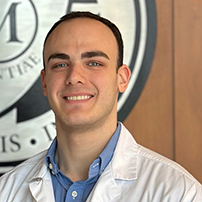
Anastasios Karoussos, OMS-2
Anastasios Karoussos is a second-year student at the Marian University Tom and Julie Wood College of Osteopathic Medicine with a strong interest in Physical Medicine and Rehabilitation. He is passionate about holistic, personalized healthcare, disability health advocacy, mentorship, and education.